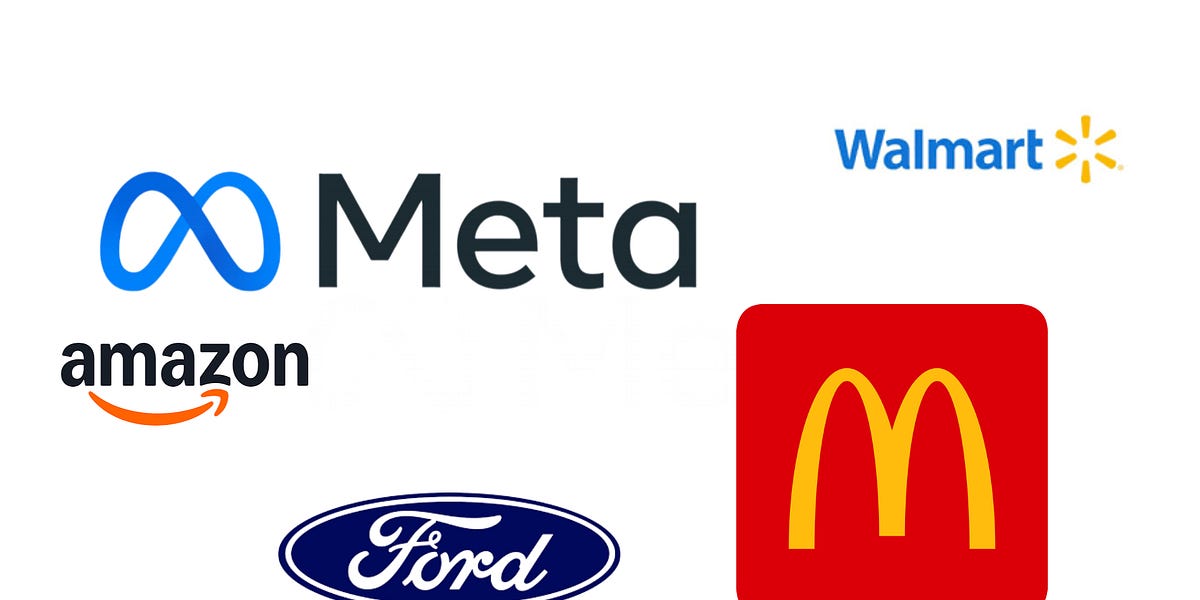As we embark on a new year, U.S. chief executives find themselves navigating a landscape of opportunities for M&A. Despite lingering geopolitical tensions and economic uncertainties, the stage is set for a resurgence in deal-making activities, fueled by a convergence of favorable factors and strategic imperatives. U.S. chief executives can benefit from understanding the nuances of this landscape to better anticipate future trends. This article will shed light on the current state of M&A activity in the United States and highlight some insights for the year to come.
Norton Rose Fulbright released its 2024 global M&A trends and risks report which surveyed 200 senior executives representing multinational corporates, large private equity firms and major investment banks. The report reflects that active market sentiment is on the rise, buoyed by the prospect of easing inflationary pressures, a modest decline in interest rates expected for 2024, pent-up demand coupled with significant private equity dry powder and increased availability of private debt, concluding that U.S. companies are poised to capitalize on favorable borrowing rates and alternative capital resources. These developments bode well for financial market stability, potentially unlocking deals that were put on hold amidst the challenges of 2023.
Driving Forces
According to the report, a majority of respondents anticipate an uptick in their appetite for M&A in 2024 compared to 2023, with 23% of respondents believing their appetite will increase significantly as compared to just 5% in 2023. Notably, investment bankers and private equity respondents express heightened optimism, foreseeing significant increases in M&A activity.
The drivers behind this optimism are manifold and underscore the resilience of the U.S. economy. U.S. chief executives will recognize the strategic imperative of leveraging these favorable conditions to drive growth and enhance market positioning. The market developments described below are cited by respondents as the primary drivers of a more active M&A market in 2024.
Industry Consolidation and New Products/Services
Industry consolidation and new products/services are cited by an average of 36% of respondents in their top-three votes across all regions. In the U.S., another principal driver of dealmaking is expected to be the disposal of non-core units, with 46% of respondents marking it as one of their top-three votes.
AI & Data Security
The adoption of artificial intelligence (AI) in M&A processes gains traction among U.S. executives, offering enhanced efficiency and data-driven decision-making. While AI presents significant opportunities for streamlining due diligence processes and identifying acquisition targets, regulatory compliance and data security remain top concerns. U.S. chief executives are keenly focused on navigating these challenges and are investing in AI capabilities to drive operational excellence and enhance deal-making efficiency.
The AI industry encapsulates both “pure” AI businesses, which are scarce, and companies that create AI-infused products. As such, respondents believe that there will be stiff competition for a finite number of high-quality, AI-related targets leading to inflated valuations in 2024 as the industry players will be eager to find the next AI unicorn such as Open AI, Databricks and Anduril Industries.
Intertwined with the adoption of AI is the inevitable regulation imposed and the importance of data security. The report shows that as new technologies emerge it is pivotal that executives consider their company’s data and privacy infrastructure as some companies may lack appropriate measures.
Availability of Financing Alternatives
The results are mixed regarding deal financing in the U.S. but some respondents remain optimistic in anticipation that central banks will ease monetary policies. Private debt emerges as a preferred financing option for U.S. dealmakers, offering speed and flexibility in accessing capital.
The report results show that an average of 37% of respondents expect the ability to secure M&A-related financing globally to become at least somewhat easier in 2024 compared to 2023. Fortunately for U.S. executives, 38% of respondents expect the U.S. to fare significantly better in comparison to Europe where 62% of respondents believe financing conditions will be somewhat or significantly more difficult in 2024. However, while the financing forecast for the U.S. is brighter than Europe, many respondents predict more cloudy skies ahead as 72% of U.S. respondents believe M&A financing conditions in the U.S. will stay the same or be more difficult in 2024. In contrast, nearly a quarter expect financing conditions in the U.S. to improve.
The report also reflects that dealmakers are looking to broaden the prospects to secure alternative M&A financing. Private debt and cash reserves are cited by 90% and 91% of respondents, respectively, to be the most commonly used forms of financing in 2024. Additionally, 79% cited traditional bank loans, 77% cited equity capital and 67% cited high-yield bonds as being important financing avenues.
Supply Chain Shifts
Generally, supply-chain disruption is most widely cited in the context of emerging economies, however, it is also becoming a deal-driving force relevant in the U.S. Due to the increased prevalence of geopolitical threats, U.S. companies are looking to onshore their supply chain needs. Respondents believe that governments globally are responding to supply-chain threats with legislation to bolster national and regional autonomy, which is causing dealmaking in everything from batteries to semiconductors to accelerate.
Successful Navigation of Regulatory Hurdles
Regulatory hurdles, particularly in the form of antitrust regulations, pose significant challenges for U.S. dealmakers. Nevertheless, innovative payment mechanisms, such as deferred payment in the form of seller notes and earn-outs, are trending as a way to bridge the valuation gaps. U.S. executives are also actively engaging with regulatory authorities and leveraging legal expertise to navigate complex regulatory landscapes and drive successful deal outcomes. By adopting a proactive approach to regulatory compliance and risk management, U.S. companies can mitigate potential obstacles and capitalize on emerging opportunities in the M&A market.
The U.S. M&A landscape for 2024 presents a mixed array of opportunities. As economic conditions continue to evolve recent trends, such as the availability of alternative financing options, structuring payment mechanics to bridge valuation gaps and integrating AI into dealmaking, may be critical for success in the dynamic world of M&A. With careful navigation and strategic foresight, U.S. companies stand poised to capitalize on the promise of a more vibrant M&A market this year.
Read the full M&A trends and risks report.







































































